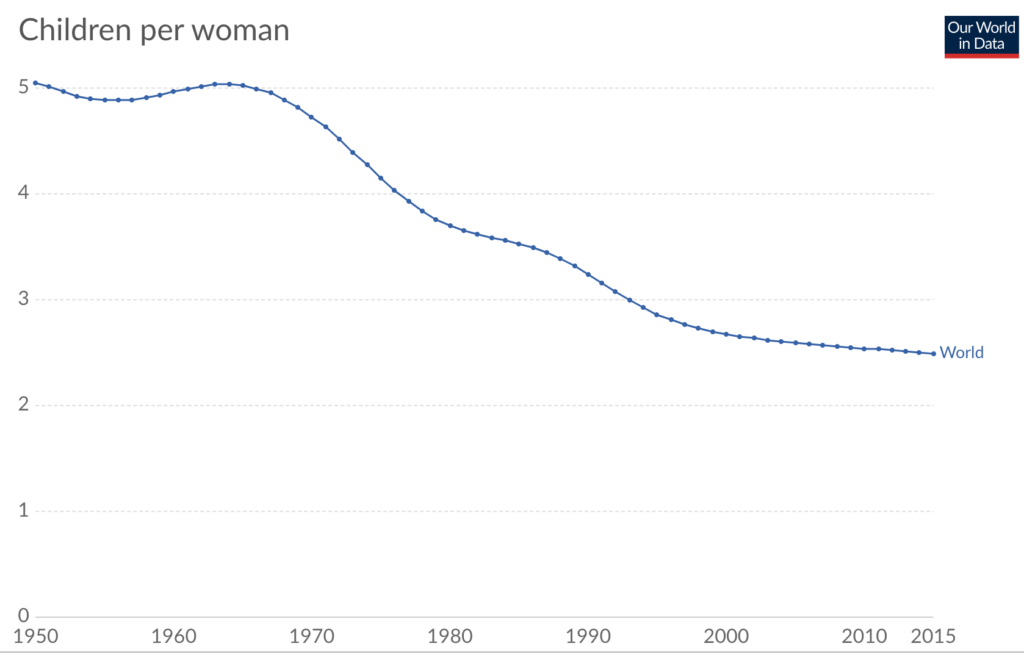This year, the United States’ fertility rate hit 59 births per 1,000 women, the lowest number it has been in 32 years, according to the Bureau of Labor Statistics.
Since the Great Recession, the number of births has decreased due to the financial investment of having a child and how the recession took away resources that were necessary to support families. However, although the economy has since recovered, the fertility rate has not increased dramatically since. Many Americans cite the financial cost of raising a child as their primary reason for delaying child births.

Several factors have contributed to the decline in childbearing. The overall decrease in teenage pregnancies, the availability of birth control, a shift in delaying marriage in favor of furthering personal careers and the higher cost of childcare and education have played roles in this decline. Women also cite that having better access to child care and stronger parental leave policies could spur more childbirths over the next years.
Seventy percent of women in the U.S. today work outside the home, according to an article by Vox. On the one hand, more women in the workforce means more income tax being spent and the enjoyment of more disposable income. As we studied, consumer spending plays a large factor in GDP. In addition, with the need for specialized labor, a more educated workforce can create more opportunities for higher, advancing sectors that can stimulate the economy. Some also cite that lower fertility rates can be beneficial to ration our limited resources.
On the other hand, declining birth rates can also have long-term effects. For one, the elderly population will increase creating an eventually-declining labor force and not enough people to work (much like in Japan).
The United Nations predicts that by the year 2100, 30 percent of the population will be made up of people ages 60 and above. With longer life expectancies, this can create an age imbalance that leaves a limited number of able-bodied people to work. Economists have predicted that this will create a rising need for increased healthcare, thereby also increasing its costs. With a smaller workforce, those who pay income taxes to fund these medical programs will also shrink as well.
To increase the amount of people in the workforce, lawmakers have proposed keeping older people working longer, a solution that may not be feasible or welcomed. Another solution is relying on automation, artificial intelligence and robots to boost production and replace workers but this also has its limits. The last solution is to boost immigration to bring in more people who desire to work and fill jobs. If the U.S. is heading towards a recession by next year, there will be a chance that fertility rates will start to decline as people prepare for an economic slowdown, which can have overall negative effects on our economy.
https://www.vox.com/science-and-health/2018/5/22/17376536/fertility-rate-united-states-births-women
https://www.businessinsider.com/dropping-fertility-rates-will-affect-the-economy-2016-11
https://money.cnn.com/2018/06/27/news/economy/arizona-birth-rates-economy/index.html